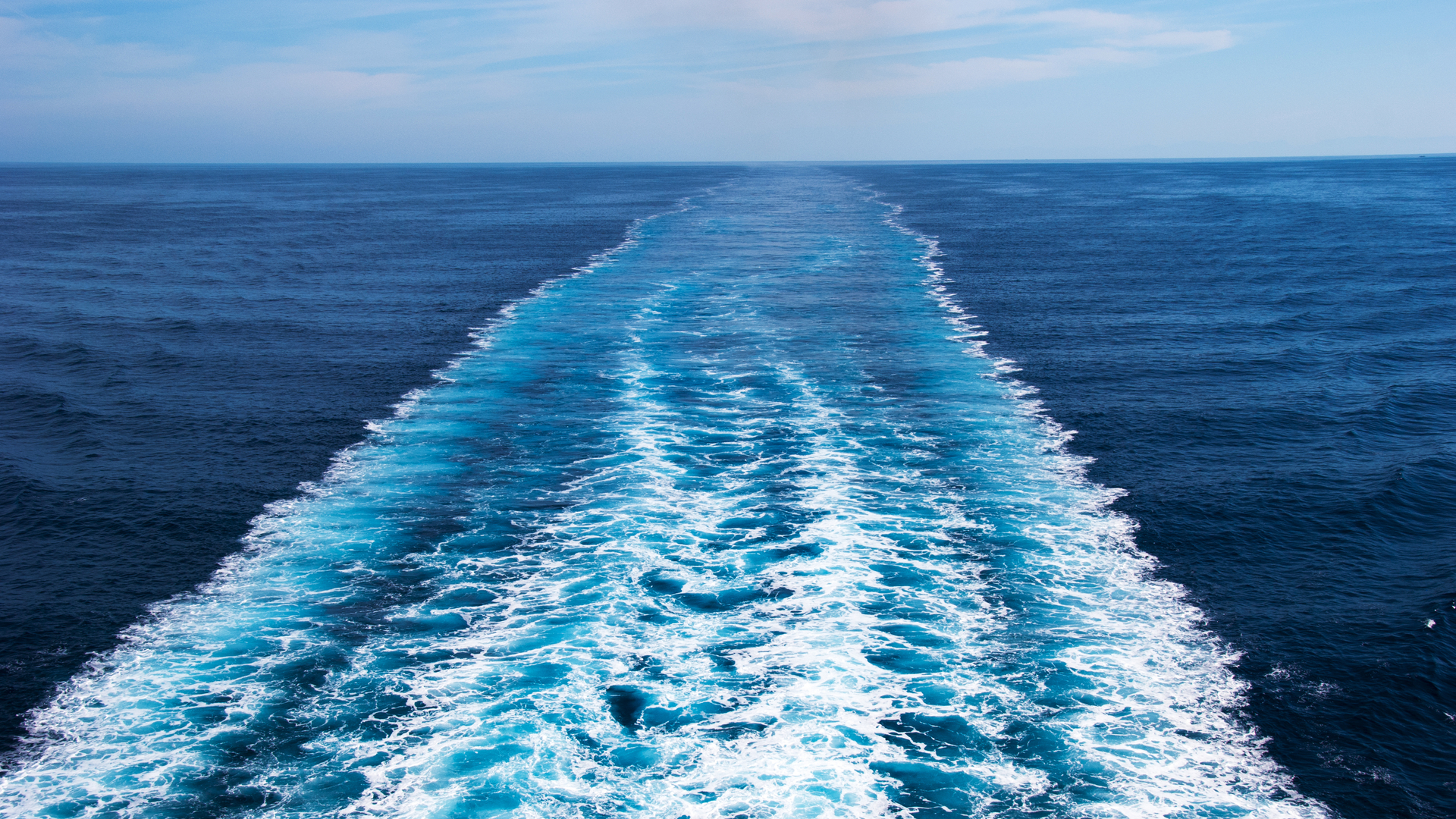A number of shipping/offshore companies are already collaborating with mining companies to provide vessels for deep sea mining projects. With the International Seabed Authority (ISA, an arm of the United Nations), soon to publish the final part of the legal framework to enable commercial production, this could become a source of redeployment for a number of vessels. But given the increased impetus for investment to be linked to sustainability or green projects, can deep sea mining vessels and projects realistically fall into this category?
Seabed mining has been conducted for some time – with companies harvesting diamonds off the coast of Namibia and Nautilus’ shallow mining project off the coast of Papua New Guinea. But the real treasure of rare earth minerals and commodities essential to the production of next generation technology is ready and waiting in the depths of the Pacific Ocean in the form of polymetallic nodules. These nodules (caused by tectonic plate movements) lie unattached on the ocean floor ready to be scooped up, smelted and processed, and are a dense mix of precious metals and commodities. The types of minerals found underwater are becoming essential to supporting and strengthening the renewables industry. The rise of electric vehicles and large-scale electricity storage will only increase demand for cobalt, a commodity essential for producing lithium batteries. Polymetallic nodules are rich in cobalt, at a time when many battery manufacturers have claimed to be unable to secure much-needed future supply at a commercially acceptable price. Tellurium is a rare earth metal often likened to platinum for its scarcity, and present in the Earth's crust in about 0.001 parts per million. It is used for building wind turbine blades and solar panels and so is an essential component in the renewable energy supply chain. Ferromanganese crusts, many of which are found around the Canary Islands, are rich in this key commodity.
There are objections to deep sea mining on the basis that it will disturb the sea floor, and some express severe concerns over the disruption of the ecosystems which have taken centuries to grow and mature. In response to this, technological solutions are being designed specifically to ensure minimal disruption. One of the key issues is the “plume” that would be discharged in any mining process – the polymetallic nodules would need to be “vacuumed” up from the seafloor, which would bring a certain amount of the seabed with them. Although the technology is designed for minimal disturbance, there will still be some displacement when that mix of water and seafloor/sand is released back into the sea. Many are concerned that the plume would drift for miles and have as yet unknown effects on other parts of the sea, although some control studies provide an element of comfort to this concern, but are yet to be made publicly available. A number of car manufacturers and technology companies have called for a moratorium on deep sea mining, together with WWF, until more is known about the effects of the mining processes.
One of the other challenges for deep sea mining has been lack of proven technology to operate in five kilometre depths on the seafloor. Although the concept was proven as far back as the 1970s, further work needs to be undertaken to ensure that equipment can be safely operated on a commercial scale. Projects like Blue Nodules were granted EU funding to develop the relevant capability, systems and tools in an environmentally sustainable manner, with industry players and research specialists working in close collaboration. A number of states, state owned enterprises, and private companies are working on competing technology. China and Chinese-sponsored entities have become increasingly acquisitive in this sector, purchasing key technology manufacturers with proven concepts.
Another challenge has been the lack of legal framework to regulate and support these activities. The Clarion-Clipperton Zone, located in the Pacific Ocean, lies in the “Area” pursuant to the UN Convention of the Law of the Sea. Under the Convention, it therefore belongs to, and is for the benefit of, the whole of mankind, and is regulated by the ISA. The ISA have granted exploration licences to companies and states to explore in the Area, but have not yet published final regulations governing the exploitation or harvesting in the Area. So one can go and look, but one cannot yet take.
The exploitation regulations have been developed during a time of increasing environmental scrutiny. The regulations are on their third iteration, with open public consultation at each stage including with governments, private bodies, stakeholders and NGOs. They go a long way to providing a clear framework for exploitation or harvesting of minerals and more importantly, commercial viability. They set out a well drafted pathway to obtaining an exploitation contract for 30 years (with an option to renew) and, as would be expected, detailed provisions relating to environmental responsibilities and reporting.
Importantly, the regulations require that any entity applying for a licence must publish their individual environmental and social risk plan for public consultation at least 60 days in advance of approval and take into account all views in order to be even eligible for consideration. They must also provide a dedicated environmental performance guarantee and report (and be inspected) regularly. Failure to comply with their plan or concerns over their performance may lead to their licence being suspended. The real strength is that an organ of the ISA is to enforce the regulations; rather than a financier or a government directly benefiting from royalties.
With sustainability and environmental concerns rising up the global agenda, this is the perfect time for a new industry to develop with those principles in mind, both in terms of the technology used and the regulatory framework under which it will operate. Not only that, but the commodities supplied would support and perhaps speed up the energy transition, potentially enabling those decarbonisation goals to be met more quickly. With shipping already viewed as one of the least polluting forms of transport, and getting ever greener with the International Maritime Organisation regulations on emissions coming into force, it could just be that deep sea mining starts to look more attractive. But the keys to unlocking the industry are the environmental surveys and studies showing the actual and real effect of deep sea mining, and these will not be sufficiently available until exploitation starts.




